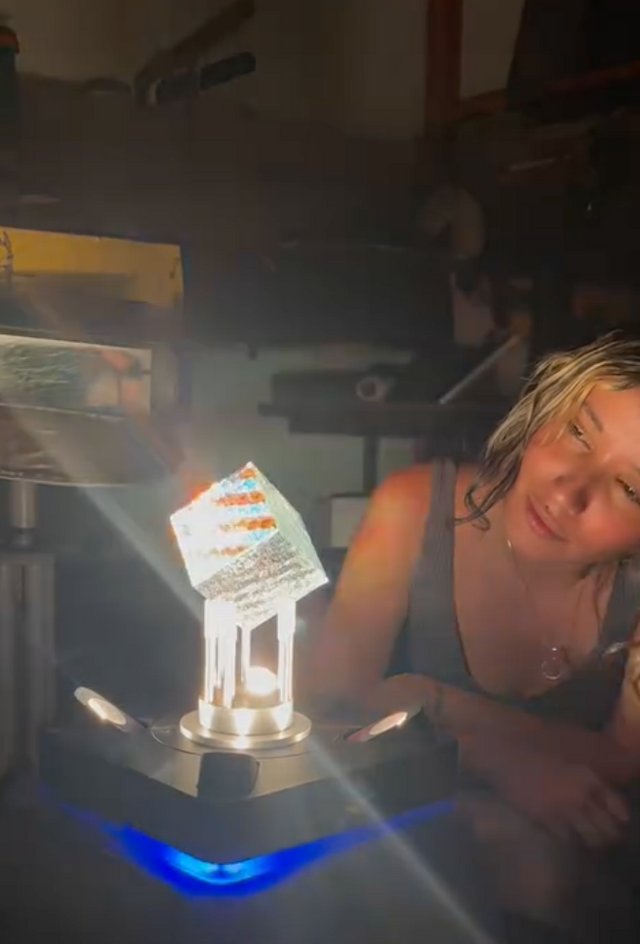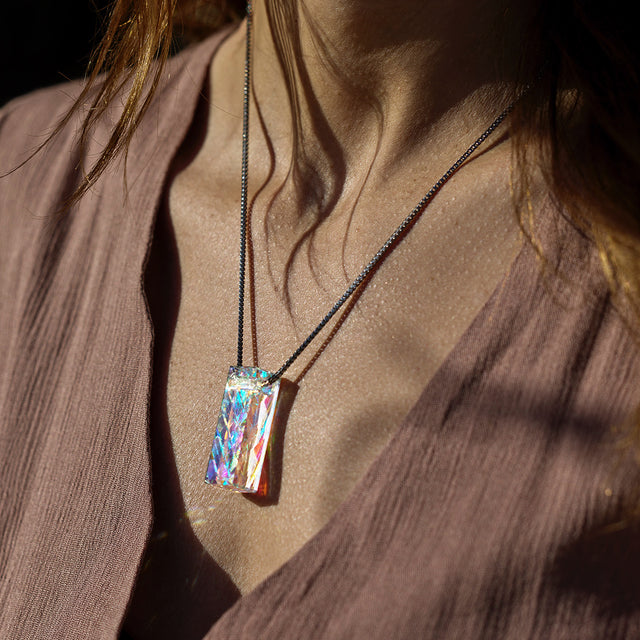Appreciating Art
Appreciating Art
Appreciating art is a personal and subjective experience, but there are several approaches that can deepen your understanding and enhance your appreciation. Here are some ideas of how one can appreciate art:
1. Engage Emotionally
- First Impressions: Allow yourself to have an initial emotional reaction. Ask yourself, “How does this piece make me feel?” Whether it’s joy, sadness, confusion, or excitement, your emotional response is a key part of appreciating art.
- Personal Connection: Reflect on whether the artwork resonates with your personal experiences or memories. This connection can make the piece more meaningful to you.
2. Understand the Context
- Artist’s Intent: Learning about the artist’s background, intentions, and the context in which the artwork was created can provide deeper insight. Why did the artist create this piece? What message or concept were they trying to convey?
- Historical and Cultural Context: Consider the time period, culture, and events that influenced the creation of the artwork. Understanding these factors can reveal layers of meaning that may not be immediately apparent.
3. Analyze the Elements
- Composition: Look at how the elements of the artwork are arranged. Consider the use of lines, shapes, colors, and space. How do these elements interact with each other? What focal points are created, and how do they guide your eye?
- Technique and Medium: Pay attention to the techniques used by the artist and the medium they chose. Is it a painting, sculpture, photograph, or something else? The choice of medium and technique can significantly affect the meaning and impact of the work.
4. Explore the Symbolism and Themes
- Symbolism: Many artworks contain symbols that represent larger concepts or ideas. Identifying these symbols and understanding their significance can add depth to your interpretation of the piece.
- Themes and Motifs: Consider the broader themes or motifs present in the artwork. Is the artist exploring ideas about identity, nature, society, or something else? Understanding the themes can help you connect the artwork to larger conversations or issues.
5. Spend Time with the Artwork
- Observation: Spend time observing the artwork from different angles and distances. Sometimes, details or nuances become apparent only after careful observation.
- Reflection: Take time to reflect on what you’ve seen. How has your perception of the artwork changed over time? Has your understanding or emotional response evolved?
6. Engage in Dialogue
- Discussion with Others: Talking about the artwork with others can open up new perspectives. Everyone brings their own experiences and interpretations, which can enrich your understanding.
- Ask Questions: Don’t be afraid to ask questions, whether to yourself, a guide, or the artist if possible. Curiosity often leads to deeper appreciation.
7. Trust Your Instincts
- Personal Taste: Ultimately, art appreciation is a personal experience. Trust your instincts and allow yourself to like or dislike a piece based on your own preferences. There’s no right or wrong way to appreciate art.
By combining these approaches, you can develop a deeper, more nuanced appreciation of art, allowing you to connect with the work on multiple levels—intellectually, emotionally, and aesthetically.



